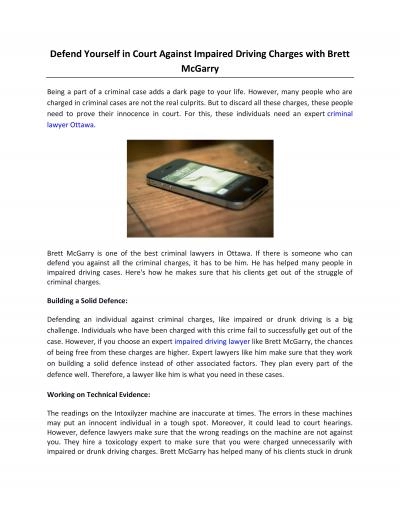PPT-The Visually Impaired By
Author : karlyn-bohler | Published Date : 2020-04-10
tassica Lim Background About 285 million people are visually impaired 13 millions Americans are legally blind More than half 65 million are 65 years of age or
Presentation Embed Code
Download Presentation
Download Presentation The PPT/PDF document " The Visually Impaired By " is the property of its rightful owner. Permission is granted to download and print the materials on this website for personal, non-commercial use only, and to display it on your personal computer provided you do not modify the materials and that you retain all copyright notices contained in the materials. By downloading content from our website, you accept the terms of this agreement.
The Visually Impaired By : Transcript
Download Rules Of Document
" The Visually Impaired By "The content belongs to its owner. You may download and print it for personal use, without modification, and keep all copyright notices. By downloading, you agree to these terms.
Related Documents

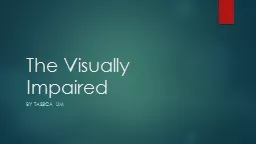



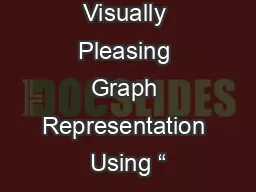



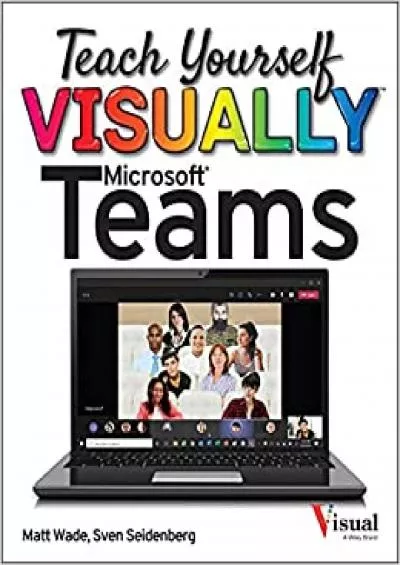
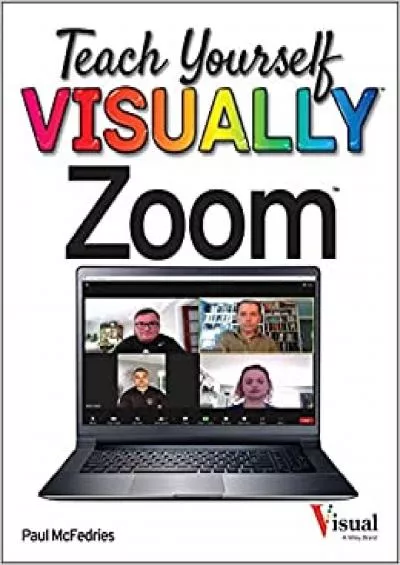
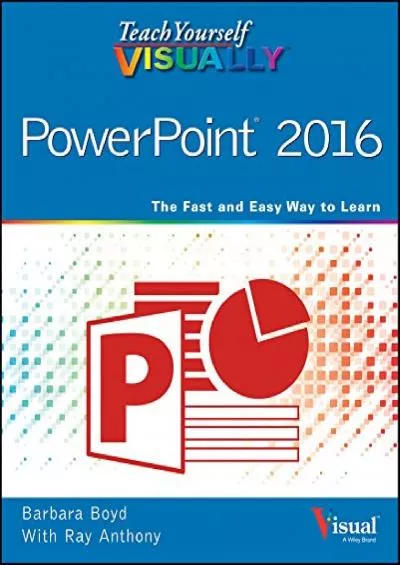
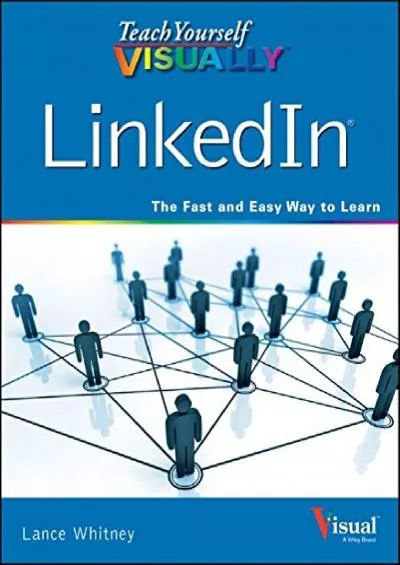
![[FREE]-Learn Python 3.0 VISUALLY with 99 Interactive Exercises and Quizzes (Learn Visually)](https://thumbs.docslides.com/970393/free-learn-python-3-0-visually-with-99-interactive-exercises-and-quizzes-learn-visually.jpg)
